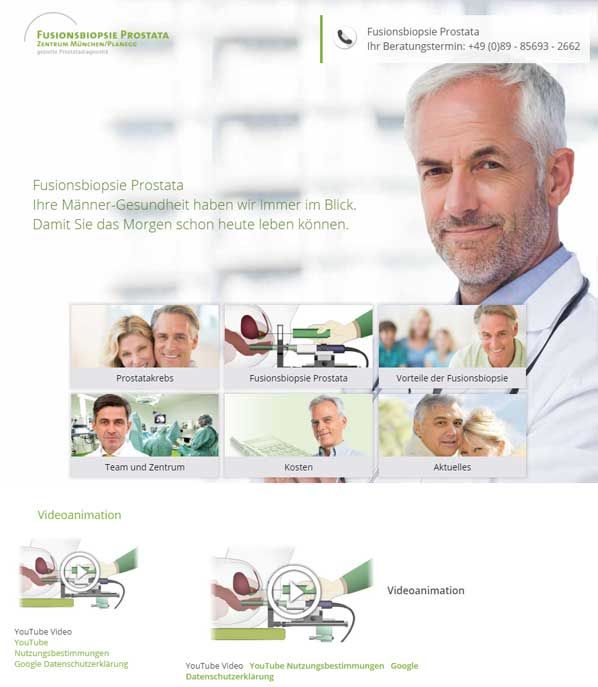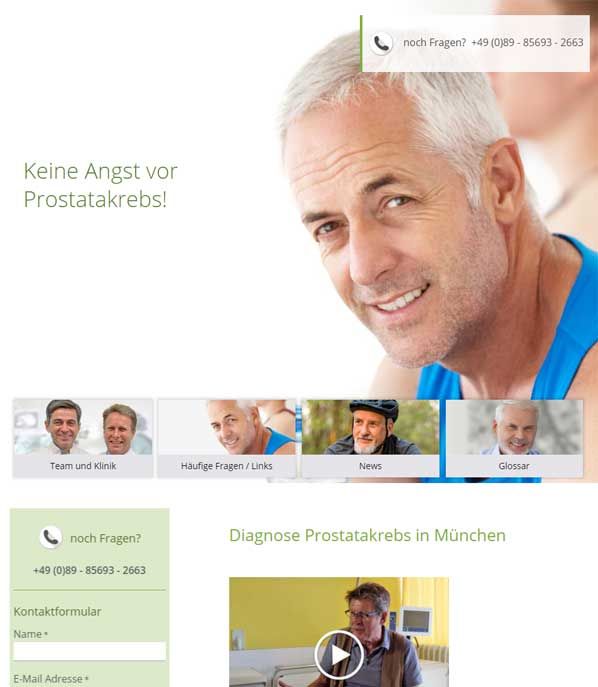Undescended testicle
This refers to a testicle which is not in its normal position in the scrotum.
Basic principles
As a male embryo develops, the testicles form towards the back of the abdomen near the kidneys. As the embryo develops, the testicles move downwards to their final position, moving through the inguinal canal down into the scrotum. If they do not move down into the scrotum normally, the testicles can end up in abnormal positions. If it is unclear where the testicles are, this is known as cryptorchidism.
Frequency and causes
About 3% of full-term newborn boys have one or more undescended testicle. It is rare for both testicles to be undescended, occurring in less than 2% of cases.
Testicular descent is a complex, error-prone process. Risk factors include hormonal disorders, genetic disorders, low birth weight and preterm birth. Exposure to chemicals such as bisphenols and phthalates is also thought to play a role.
Classification
- Intra-abdominal: The testicle is within the abdomen.
- Inguinal: The testicle is palpable within the inguinal canal, but cannot be moved down into the scrotum.
- Prescrotal: A special type of inguinal testicle, in which the testicle can be moved down into the scrotum, but immediately returns to its original position when released.
- Retractile: The testicle changes position, and is sometimes palpable in the inguinal canal, but is usually in the scrotum. This is caused by a particularly strong, ‘overactive’ cremaster muscle (responsible for raising and lowering the scrotum). Retractile testicles are normal and do not require treatment.
- Ectopic testicles: The testicle is located somewhere outside the normal path of descent, for example on the inside of the thigh. This kind of undescended testicle is very rare.
Consequences of an undescended testicle
Fertility problems: The unusual location of the testicle, which causes it to be at a higher than normal temperature, can result in fertility problems.
Increased risk of testicular cancer: People born with undescended testicles are about 10–20 times more likely to develop testicular cancer. This increase in risk remains even after treatment. Examining the testicle is, however, much easier after treatment and any cancer is therefore likely to be detected much earlier.
Treatment
Treatment is aimed at preserving the function of the testicle. Because the condition often resolves spontaneously in the first few months of life, treatment should not be started until the baby is 2–3 months old. Treatment should be undertaken before the baby is 1 year old.
Treatment options include drug treatment with hormones, or surgery to move the testicle into the scrotum and fix it there. Whether drug therapy should be given prior to surgery should be decided on an individual basis depending on the location of the testicle and other circumstances.







